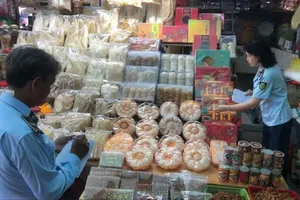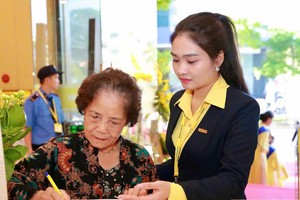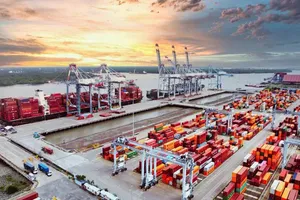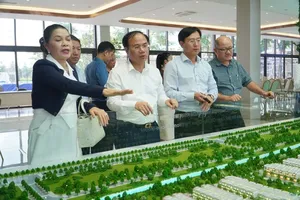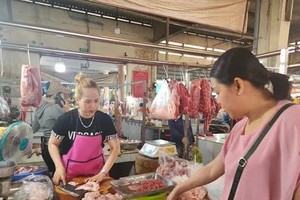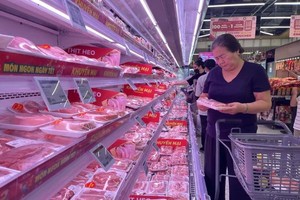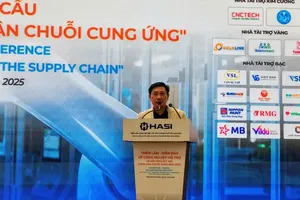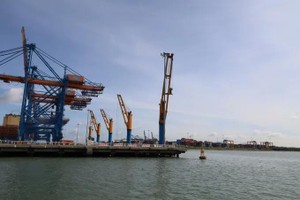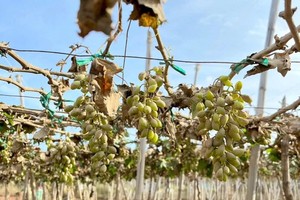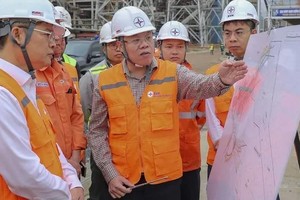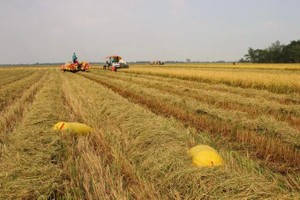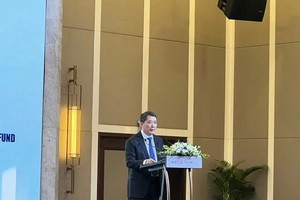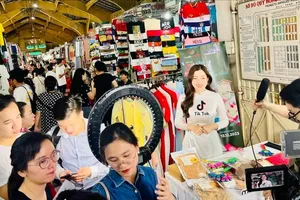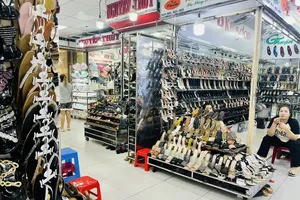Numerous experts from the Ministry of Agriculture and Environment, the Ministry of Industry and Trade, relevant associations, research institutes and universities involved in the rice sector along with 300 enterprises operating in rice production, fertilizer, logistics, cooperatives and farmers took part in this seminar.
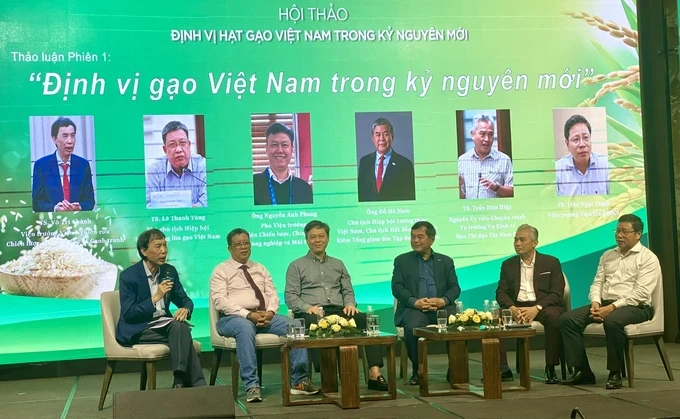
At the seminar, delegates focused on debating breakthrough solutions for the development of Vietnam's rice industry, especially key support policies of the Government for the rice sector, strategies to elevate the value of Vietnamese rice in the context of globalization and international integration, and measures to boost the export of high-quality rice to global markets.
Currently, three main categories of rice on the export market include regular rice, high-quality rice and premium rice.
Among these, Vietnam primarily exports high-quality rice, which accounts for 60 percent to 70 percent of its total exports. Meanwhile, premium-branded rice makes up around 15 percent, and regular rice constitutes the remaining 10 percent to 15 percent.
Statistics show that Vietnam's premium rice segment faces little competition from other exporting countries thanks to its high quality.
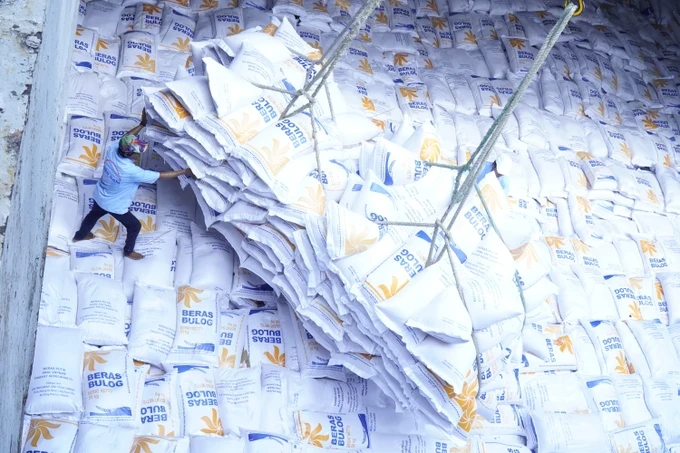
Vietnamese rice has been exported to many international markets, including those with the requirement of strict standards. Vietnam is not only a major rice bowl of Southeast Asia but also a major supplier to the global market.
Do Ha Nam, Chairman of the Vietnam Food Association, stated that in order to boost exports, it is necessary to balance the supply and demand of rice among all stakeholders; enhance market research, assess and forecast import demand, and promote rice trade in export markets.
At the seminar, delegates highlighted positive results from the implementation of the Sustainable Development Project for One Million Hectares of High-Quality Rice Cultivation with Low Emissions Linked to Green Growth in the Mekong Delta Region by 2030 in the passing time.
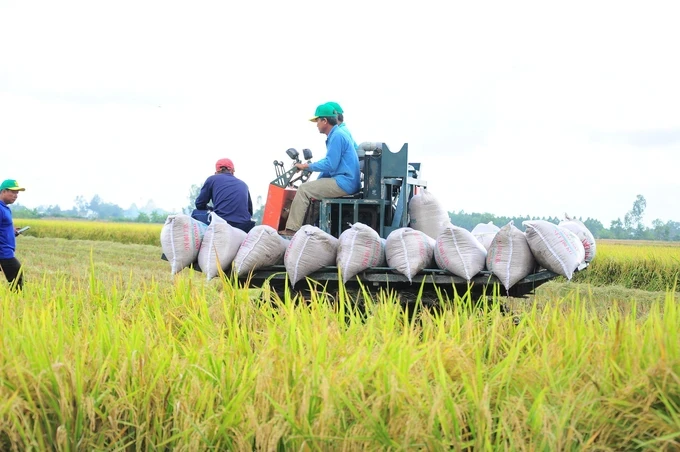
To ensure the effective implementation of the project in the coming period, experts consulted that collaboration among all parties in the value chain, including farmers, services, export companies, markets, finance, Vietnamese green rice standards and low emissions should be stricter.
Additionally, is is essential to strengthen sharing and exchanging information about markets, technology and the experiences of applying the one million-hectare model.

